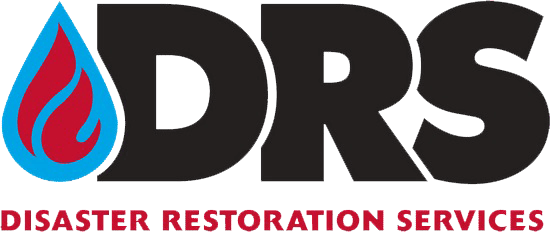Mold and mildew are common household nuisances that can thrive in damp and humid environments. While they might seem similar at first glance, these two types of fungi have distinct characteristics and potential health risks. Understanding the differences between mold and mildew is essential for effectively addressing and preventing their growth in your home.
Different Characteristics:
Appearance: Mold and mildew have different appearances that can help you distinguish between them. Mold usually appears as fuzzy, irregularly shaped spots that can be black, green, blue, or even red. Mildew, on the other hand, typically presents as flat, powdery growths in shades of white or gray.
Texture: Mold tends to have a more textured and three-dimensional appearance due to its fuzzy or slimy surface. Mildew has a powdery or fluffy texture and doesn't typically have the same depth as mold.
Location: Mildew is commonly found on the surface of organic materials like plants, fabrics, and paper. It often develops on bathroom surfaces, such as shower curtains and tiles. Mold, however, can thrive on a wider range of materials, including wood, drywall, and insulation, making it more pervasive and potentially damaging.
Growth Pattern: Mold has a tendency to spread quickly and can penetrate deeper into surfaces. Mildew growth is more superficial and can often be easily wiped away.
Health Risks and Impacts:
Both mold and mildew release spores into the air, which can potentially cause health issues, especially for those with allergies, asthma, or weakened immune systems.
Mold: Mold spores can lead to a variety of health problems, including respiratory issues, allergic reactions, skin irritation, and even more severe conditions in sensitive individuals. Prolonged exposure to mold can worsen symptoms over time.
Mildew: While mildew's health risks are generally milder than those associated with mold, it can still cause respiratory irritation, allergies, and discomfort, particularly in individuals with sensitivities.
Addressing Mold and Mildew:
Prevention:The key to dealing with mold and mildew is prevention. To prevent their growth, maintain proper ventilation in your home, control humidity levels, and fix leaks promptly. Use exhaust fans in bathrooms and kitchens to reduce moisture buildup. Ensure proper insulation and waterproofing in areas prone to dampness, like basements and crawl spaces.
Regular Cleaning: Regular cleaning is essential to prevent mold and mildew growth. Clean and dry areas prone to moisture regularly, such as bathrooms, kitchens, and basements. Use appropriate cleaning agents to remove mildew from surfaces, but be cautious with mold removal. For larger mold infestations, it's recommended to consult professionals who specialize in mold remediation.
Proper Ventilation: Ensure proper air circulation throughout your home. Open windows when weather permits and use dehumidifiers in areas with high humidity levels.
Monitoring and Inspection: Regularly inspect areas susceptible to mold and mildew growth, such as basements, attics, and crawl spaces. Look for signs of moisture, water stains, and musty odors. If you suspect mold, consider professional testing to identify the type and extent of the infestation.
Professional Help: If you're dealing with extensive mold growth or if mold is present in areas that are difficult to access, it's wise to seek professional assistance. Certified mold remediation specialists have the tools, expertise, and experience to safely and effectively remove mold and prevent its recurrence.
While mold and mildew share some similarities, they have distinct characteristics and potential health risks. Mold is often more invasive, can cause more severe health issues, and requires professional attention for removal. Mildew, while less harmful, still needs to be addressed to prevent health discomfort and further growth. Proper prevention measures, regular cleaning, and vigilance can help you keep both mold and mildew at bay. By understanding the differences between these two fungi and taking appropriate actions, you can maintain a healthy and mold-free living environment for you and your family.
